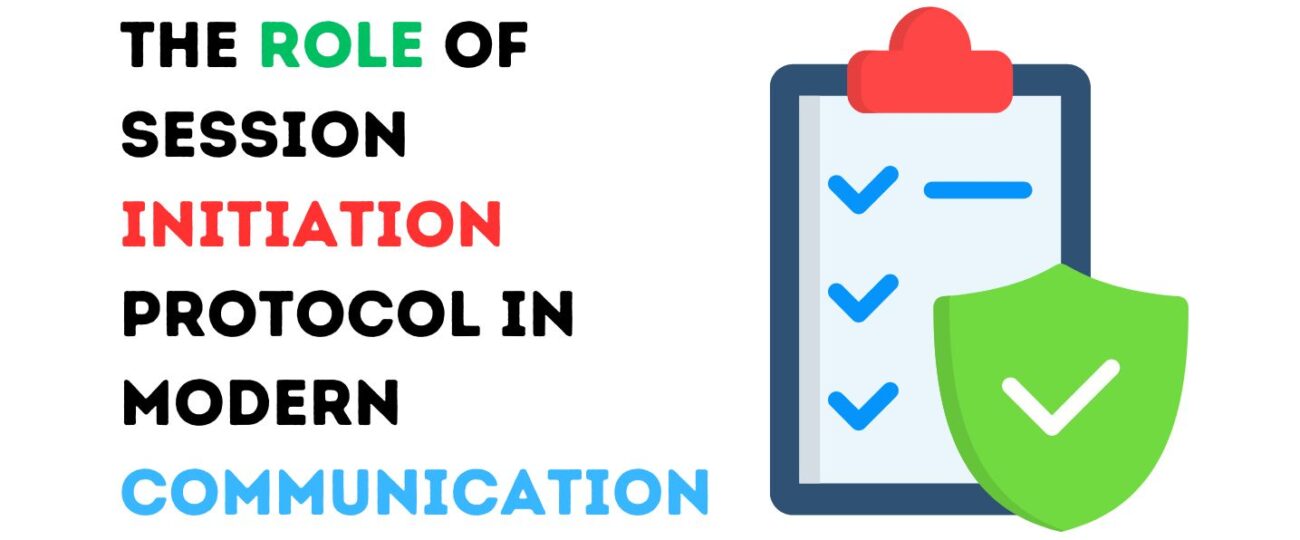The Role of Session Initiation Protocol in Modern Communication
SIP is the standard protocol for establishing, modifying, and terminating multimedia IP communications sessions like voice and video calls. It’s also the technology behind VoIP, a popular way for businesses to save on communication costs.
SIP outlines the rules disparate software systems use to synchronize technology and establish real-time media communications like voice or video calls or instant messaging conversations.
1. Unified Communication
Unified communications (UC) is a collection of technologies that let you combine all the tools your employees use to communicate and collaborate. It will enable them to access everything they need from one easy-to-use platform, which can increase efficiency and productivity.
Session initiation protocol is a protocol to initiate and terminate real-time sessions, such as voice, video, and messaging. It also enables updating these sessions. It works on an IP network to connect users to various communication services.

A device sends a request in a SIP session, and the receiving device responds. The response codes have varying meanings, depending on the requesting device’s request. For instance, a response code with 2xx indicates that the transaction has been completed successfully.
SIP can also modify a call, such as changing addresses or ports, inviting additional participants, or adding or deleting media streams. However, it does not provide communication services, as protocols like RTP and SRTP do this.
2. Streamlined Business Operations
A streamlined communication process within your organization can boost productivity and improve employee morale. Manually relaying information between departments can be a hassle, leading to errors, delays, and unnecessary expenses.
SIP is a signaling protocol to start, maintain, modify, and end real-time communication sessions over IP networks. These sessions may include voice, messaging, and video exchanges. SIP was standardized by the IETF in 1999 to enable mobility, interoperability, and multimedia.
Streamlining communications in your organization also means actively seeking team feedback and ensuring that every perspective is considered. It can be done using a Lucidspark board, for example, to outline team norms, announcements, and contact information in one place and encourage efficient communication to achieve shared goals.
It can also be achieved by hosting regular check-ins to discuss project updates, goals, and brainstorming sessions.
3. Reduced Communication Costs
Reduced communication costs are a top priority for businesses of all sizes. Whether you want to provide better customer service or improve collaboration across departments, optimizing your communications infrastructure can help you achieve your goals.
Tech experts developed SIP in the 1990s to standardize how devices communicate with each other. The protocol uses a request-response transaction model similar to HTTP. It sends client requests to servers and receives responses using recognizable header fields, encoding rules, and status codes.

SIP makes VoIP systems possible, and it’s also used in video conferencing, instant messaging, file transfer, and online gaming. Using the Session Description Protocol (SDP), SIP establishes multimedia session details and communicates with devices over UDP or TCP. Then, SDP manages the media payload for that session. The resulting sessions are low-cost, easy to set up, and deliver numerous business benefits.
4. Increased Collaboration
If you’ve ever wondered how your business calls travel seamlessly across the internet, allowing you to communicate with colleagues worldwide, it’s thanks to a hidden hero called SIP. This protocol enables real-time audio, video, and IM over an IP-based network.
Collaboration is when a group works together to meet a common goal, project, or task. It can be anything from a photographer working with the design team to create a new product image to teams from different departments meeting regularly to plug away at quarterly goals.
Final Words
Effective collaboration requires strong communication between the members of a team. It also depends on leaders willing to model collaborative behaviour and invest in supporting social relationships within their organizations.
Teams that collaborate well tend to be more financially successful and culturally aligned. They also have higher employee retention rates.
Creating more opportunities for collaboration in your organization can help you achieve all of these benefits.
See Also: UAE Researchers At NYU Develop Secure 6G Wireless Communications









